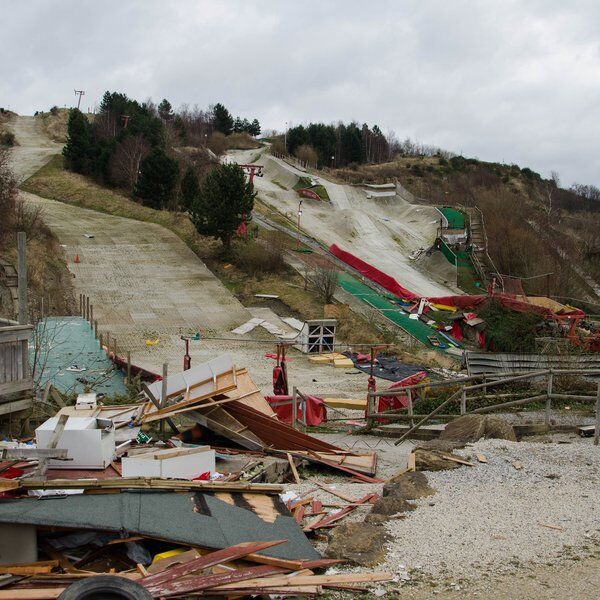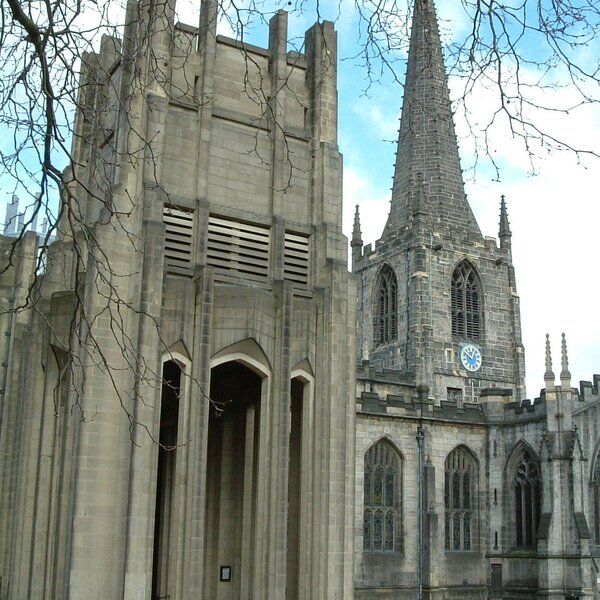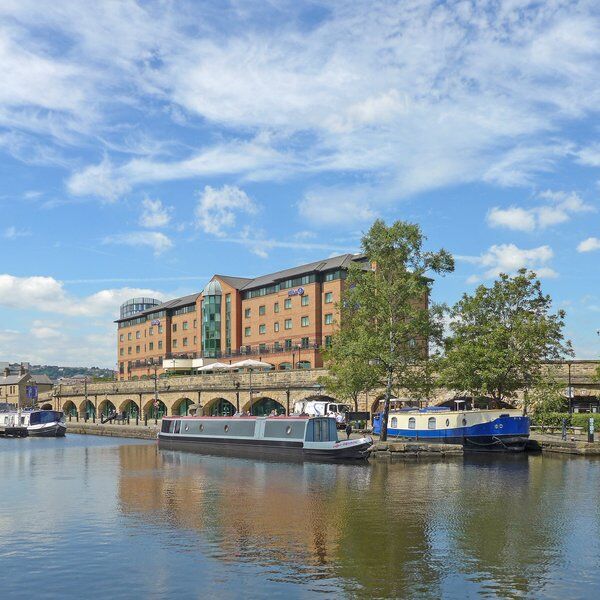
The Smoking Origins Of Sheffield Botanical Gardens
The 19 acre space that the gardens now occupy used to be part of a local tobacco farmers' estate. In 1833, the farmers', father and son duo Joseph and Henry Wilson, split from their cousins' snuff business and set up shop for themselves. As a knock on effect of this they had land to sell: the future Sheffield Botanical Gardens.
The Sheffield Botanical and Horticultural Society had also been established in 1833 and within a year they had raised £7,500 by selling shares. With this sum they bought the Wilsons' land. They then hired Robert Marnock to design for them the gardens.

The Architect of Sheffield Botanical Gardens
Marnock was an English horticulturalist, garden designer and firm exponent of the 'Gardenesque' school of thought. For those wondering, the 'Gardenesque' was a design principle defined (very loosely) by John Claudius Loudon in the early 19th century. The Oxford English Dictionary has this to say on the matter:
Partaking of the character of a garden; somewhat resembling a garden or what belongs to a garden.
So... a garden?
Prior to his employment with the Sheffield Botanical and Horticultural Society Marnock was the head gardener at Bretton Hall (now Yorkshire Sculpture Park). He later worked as the curator of Sheffield Botanical Gardens and also designed Weston Park, in Sheffield town centre, and the botanical gardens of London's Regent's Park.
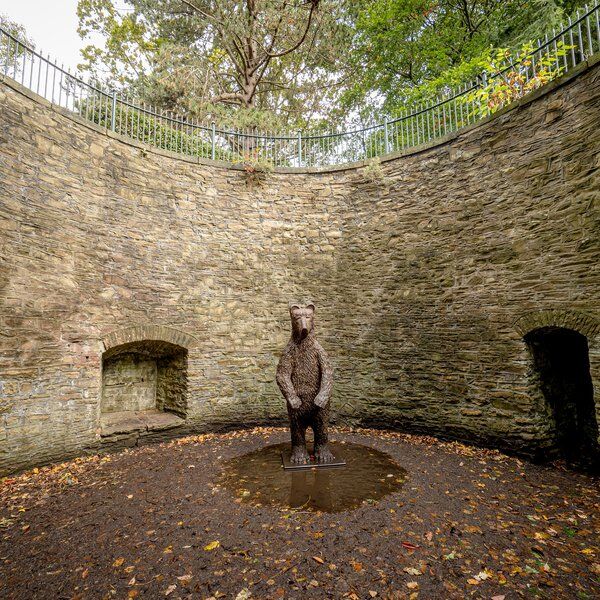
Sheffield Botanical Gardens Opens
The gardens were completed in 1836 and opened that summer to a crowd of 12,000. Amongst its many attractions was a Victorian bear pit complete with an American Black Bear, Bruin, who was 'exceedingly loath to climb'. (Find out more about Sheffield Bear Pit).
At the time there was an entrance fee but towards the end of the century the Sheffield Town Trust took over management, paying off the shareholders and providing free acess to the park for all. It remains free to enter today.

Sheffield Botanical Gardens Today
Along with the bear pit, the gardens also feature a stunning, grade 2 listed glass pavilion that hosts a wide range of plants from more temperate climates, a cafe and restaurant, the fossil of a Lepidodrendron (a tree-like plant that was prevalent about 312m years ago), and a bronze sculpture of Pan: Spirit of the Wood.
It has stunning lawns, winding pathways, various sections named for their contents and plenty of squirrels. Nearby, a number of nice bars, cafes and restaurants can be found on Ecclesall Road and Sharrow Road, and a little further out of town is the similarily lovely Endcliffe Park, through which the Porter Brook can be followed all the way into the Peak District National Park.
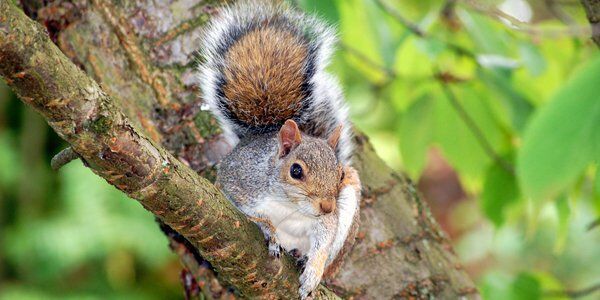
Visiting Sheffield Botanical Gardens
The gardens are a 30 minute walk out of town, straight down Ecclesall Road and then right onto Thompson Road. Limited roadside parking can be found here, including a couple of disabled spots close to the park's entrance. A small amount of roadside parking can also be found on Clarkehouse Road, and there is a Pay and Display car park across Ecclesall Road, in front of the Tesco's Metro.
There are public toilets just inside the Thompson Road entrance. The cafe is on the far side from here, to the right of the glass pavilion.
Sheffield Botanical Gardens Opening Hours:
Gardens: 8.00am-7.45pm (weekdays), 10.00am-7.45pm (weekends)
Cafe: 8.30am-5.30pm (weekdays), 10.00am-5.30pm (weekends)
Glass Pavilion: 11am-3.30pm (everyday)

Interested in finding more places like this? Try one of our Sheffield Treasure Hunts - untangle cryptic clues as a team, as you are taken on a journey to the most unique, unusual and bizarre corners of England.





